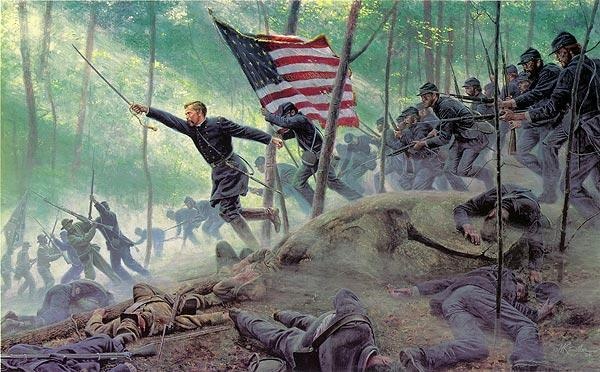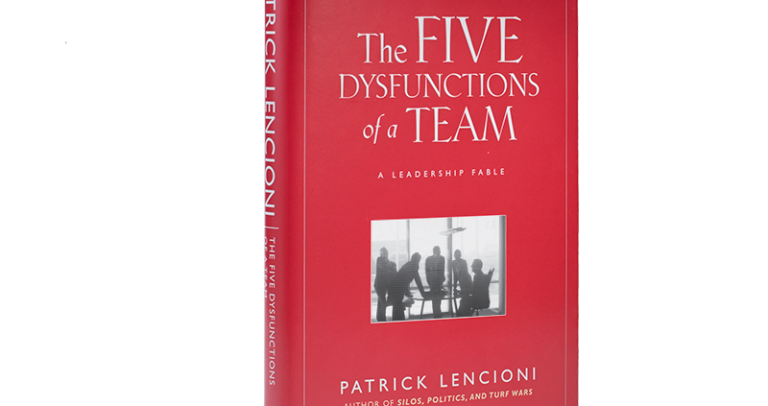The most dangerous time when traveling by plane is in the split seconds just before a plane leaves the ground. I was not aware of this bit of serious trivia until a conversation I had with a friend the other day. Being a frequent flyer with almost a million miles under my belt—having flown to every continent in the world but one, I’m a pretty confident guy traveling by air. And because I’m an elite flyer on my preferred airline, I’m used to getting the definitive travel perk: not being stuffed into the middle seat in the back of the plane, which all too frequently is my designated seat when flying Atlanta’s hometown airline.
So my friend is sharing with me a discussion he had with a pilot friend about the most dangerous point in the flying experience. It was not the take-off or landing, which is what I would have guessed. It’s actually doing what is called the “Go/No Go” point.
The Go/No Go point happens as the plane is hurtling down the runway and it reaches that pivotal point where the plane is going too fast to stop (not enough runway left), and too slow to take off. It’s the ultimate decision point. Pilots don’t like to talk about it much, as it can make an already queasy flying public more nervous and unsettled. The only “right” decision that a pilot can make at the go/no go point is to deploy the full thrust of the plane’s engines and get into the air. If the pilot over analyzes that moment to a place of indecisiveness, people die. And yet, some leaders lead in this manner all the time. They stay in the go/no go zone, reluctant to step-up and make a decision when necessary.
Leaders who have trouble making decisions frustrate those under them, as one of the major things that leaders must excel at is making decisions. Experience leaders will tell you that stored in their personal decision making archives are “bad calls” lining the walls. And yet, experienced leaders will also tell you that even with the risk of making a bad decision, the greatest tragedy would have been making no decision at all.
A critical outcome of not making a “call” is missed opportunities—both for the leader and their company.
Paralysis in decision making affects the bottom line: staff transitioning to work groups where leadership is more decisive, customers taking their business elsewhere, good people leaving the company, momentum slowing, and of course, business suffering.
Leaders who perpetually stay in the go/no go zone over time are affected by a slow deterioration of their leadership effectiveness. And if the leader is an entrepreneur, it can literally sink the business.
One way to learn to make good decisions is by getting around leaders who are good decision makers. These are people with whom you have direct access to, or by studying leaders you admire from a distance. One high profile example is President Barak Obama. He’s considered a deliberative decision maker. Some may see this as a reluctance to make tough calls, but on deeper analysis of his leadership, his predilection is to do his homework first, and when he moves to act, do it decisively! That’s leadership.
Pilots know that when in the go/no go zone it’s critical that they act. And leaders know that in the go/no go zone of their businesses and enterprises, they too must act. That’s what leaders specialize in doing: Making decisions!
Fredrick Russell grows leaders, facilitates strategy planning, and is a leadership coach. He does this through his company The True North Leadership Group. www.thenorthgroup.org



